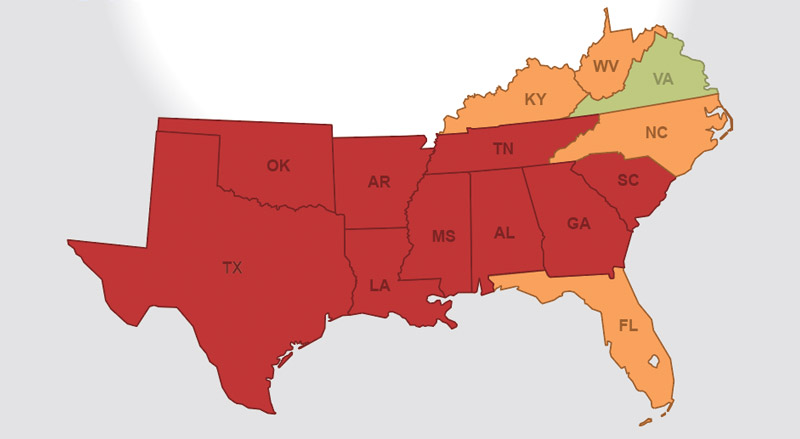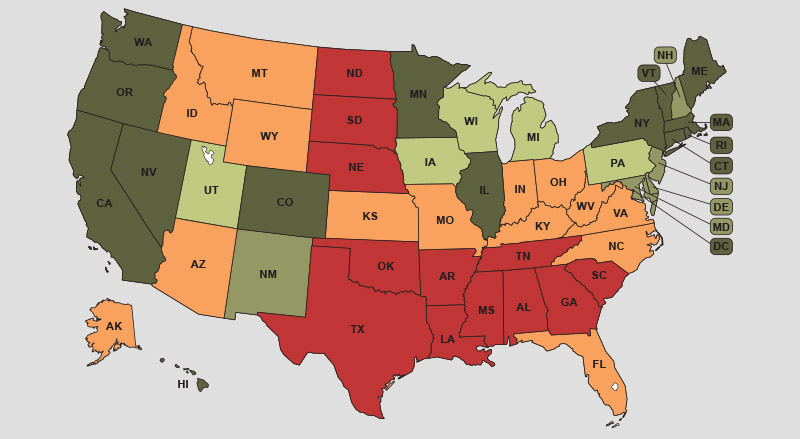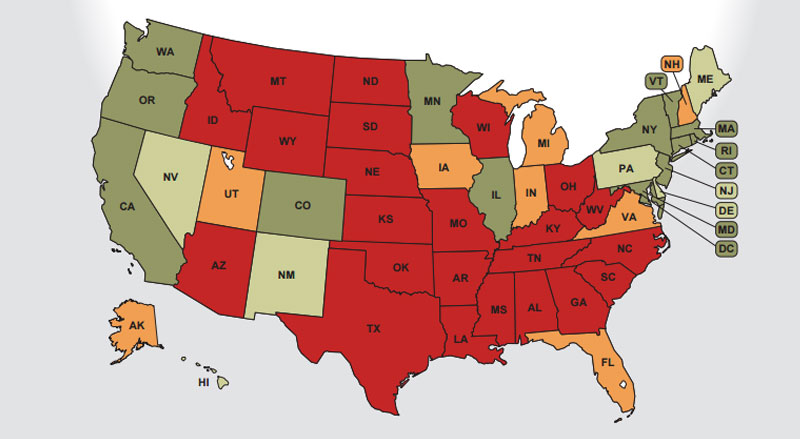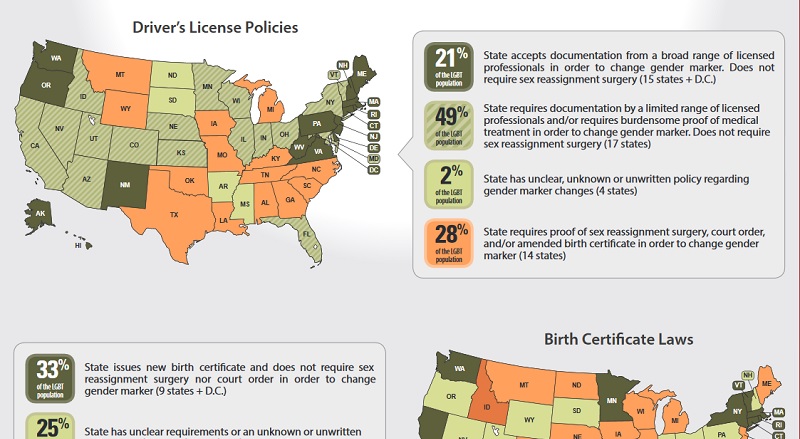
Identity documents (IDs), like driver’s licenses or birth certificates, are so commonplace in our everyday life that many people don’t notice how important they are. Identity documents are vital keys necessary to unlock the doors to everything from driving a car and getting a library card to opening a bank account, getting a job, and, increasingly, voting.
Despite the clear importance of IDs, there are key system-level failures that make it too difficult for many people to get and maintain accurate identity documents. This in turn leads to severe, yet easily avoidable, harms for many people of all backgrounds—though these harms often impact different communities in different ways. Importantly, however, these systems-level failures and roadblocks can be fixed.
MAP's report,
The ID Divide: How Barriers to ID Impact Different Communities and Affect Everyone, and its accompanying resources below highlight systems-level solutions that can improve access to IDs. Through clear, achievable ID policies that promote public safety and good governance, people can have their basic needs met and have an equal opportunity to participate in civic and everyday life.

 Identity documents (IDs), like driver’s licenses or birth certificates, are so commonplace in our everyday life that many people don’t notice how important they are. Identity documents are vital keys necessary to unlock the doors to everything from driving a car and getting a library card to opening a bank account, getting a job, and, increasingly, voting.
Identity documents (IDs), like driver’s licenses or birth certificates, are so commonplace in our everyday life that many people don’t notice how important they are. Identity documents are vital keys necessary to unlock the doors to everything from driving a car and getting a library card to opening a bank account, getting a job, and, increasingly, voting..png?1669839675)
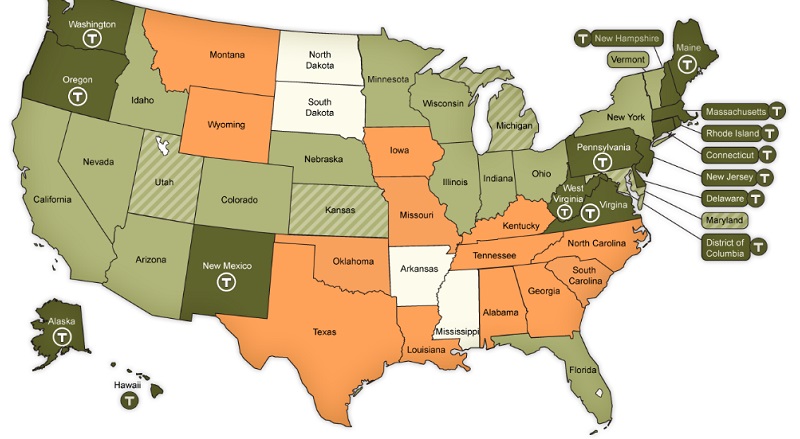


.png?1743690956)


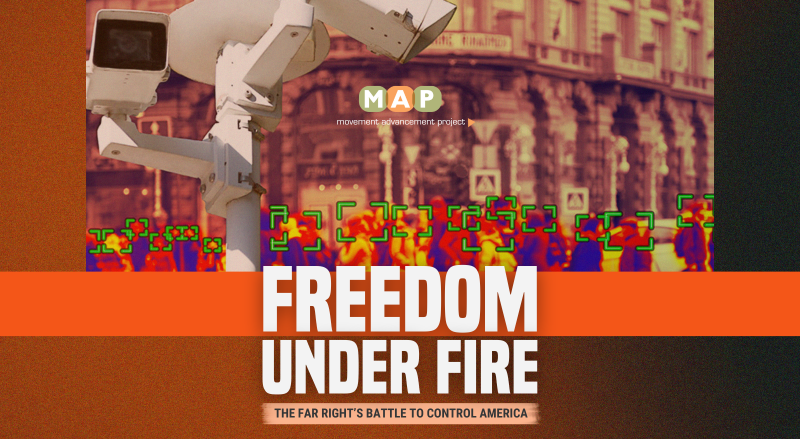
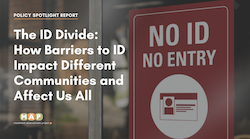
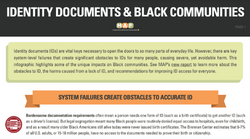
.png?1669837576)
.png?1669837856)
.png?1669838347)
.png?1669838752)
.png?1669839023)
.png?1669839144)
